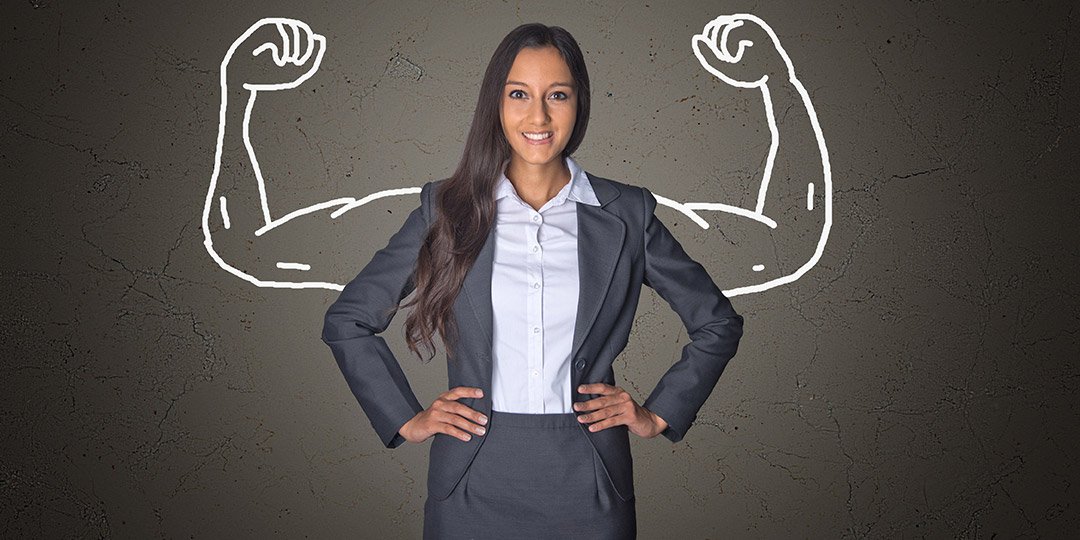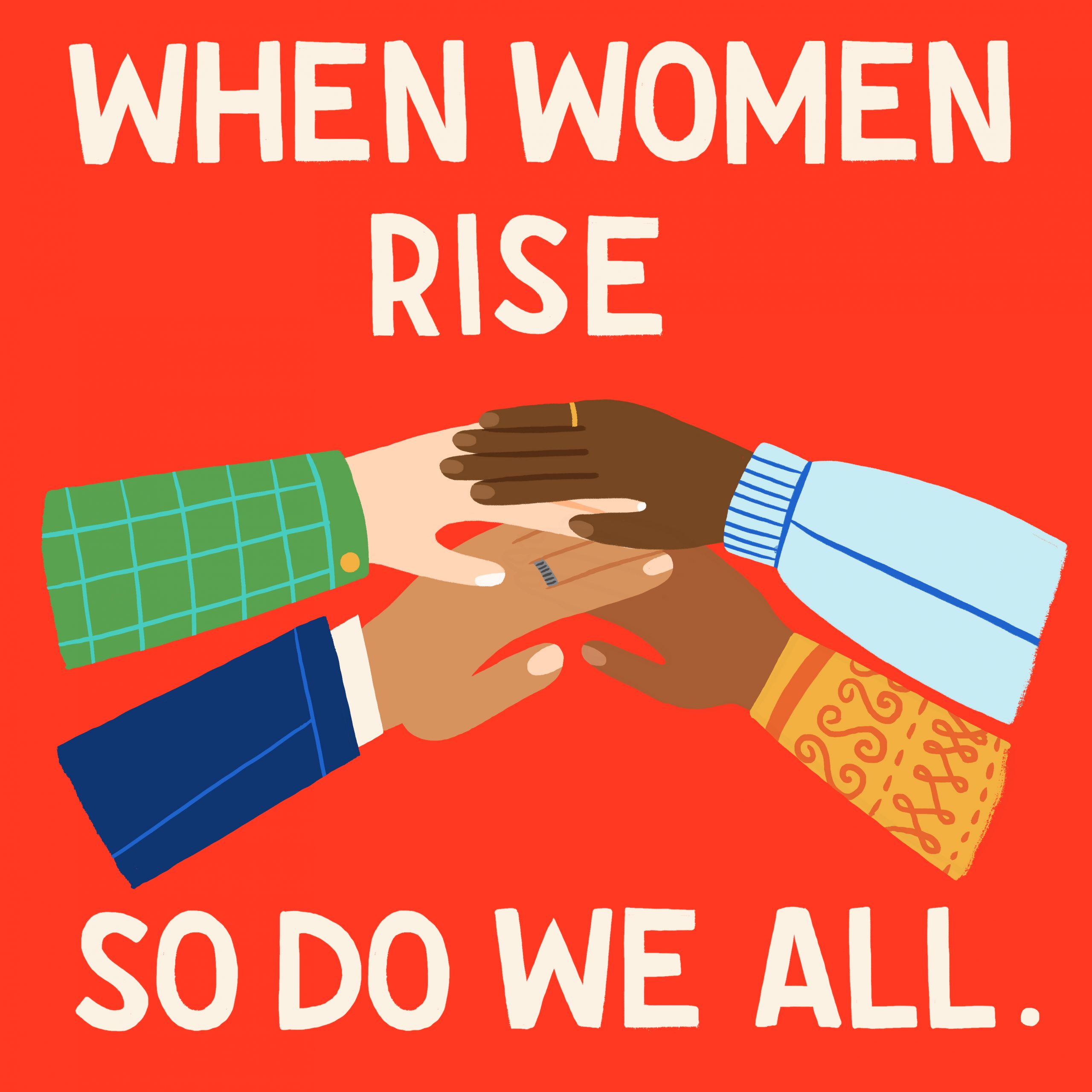It’s been about two months since International Women’s Day was celebrated and commemorated across the world. Everywhere, be it on social media or in the physical world, we saw people celebrating the day with events and posts aimed at empowering women. But what happened after that? I feel we have gone back to business as usual. Things are becoming better, 2022 was better than 2021 which was slightly better than 2020, but the issues surrounding women’s empowerment still need a lot to be desired.
Women empowerment means gender equality, since there is a serious inequality between women and men in every sphere of our life. Women Empowerment is not a segmental need, but a solution to the great problems that afflict the world. The empowerment of women has a far-reaching impact on their own lives, their families and communities, and society as a whole. Women who are empowered to make choices in all areas of their lives, have greater control over their health, their careers and their quality of life.
Women’s or female empowerment may be defined in several ways, including accepting women’s viewpoints or making an effort to seek them, raising the status of women through education, awareness, literacy, and training. Women’s empowerment equips and allows women to make life-determining decisions through the different problems in society so they may have the opportunity to redefine gender roles or other such roles, which in turn may allow them more freedom to pursue desired goals. It allows women to control and benefit from resources, assets, and income as well as aids their ability to manage risk and improve well-being resulting in approaches to support trivialised genders in a particular political or social context. While often interchangeably used, the more comprehensive concept of gender empowerment concerns people of any gender, stressing the distinction between biological and gender as a role. Women empowerment helps in boosting the status of women through literacy, education, training and awareness creation and refers to women’s ability to make strategic life choices that had been previously denied them. Nations, businesses, communities and groups may benefit from the implementation of programs and policies that adopt the notion of female empowerment and this, in turn, enhances the quality and the number of human resources available for development. Empowerment is one of the main procedural concerns when addressing human rights and development.
In a world where almost 50% of the world’s population comprises women, empowering this section of society is not just important, but essential. Even today, there are many societies where women are still discriminated against because of their gender. Even in many first world countries, women are still paid less and are expected to take on the lion’s share of the housework and rear children. etc. In many cultures, women are not allowed outside after sunset, work outside the house and if allowed to work, not allowed to work far away from their homes, not allowed to choose their life partners and in many villages in India, are dictated on what they can and can’t wear and even on whether they can use a phone or not!
Empowering women is to give women the right. Women can and should have an equal right to participate in education, society, economy and politics. An empowered woman is a strong one who can do anything they want to do. Empowerment helps to reduce in domestic violence, sexual abuse, emotion abuse and physical abuse.
When societies progress, societal culture should not be seen as a barrier and an obstacle to women’s rights. Culture is an integral and huge part of diversity and a medium that seeks to ensure women’s equal opportunities. It recognises their freedom to take pride in their values, whether they are orthodox or modern in nature. There is a need for equal cultural rights for women to be acknowledged and implemented which would in turn help to reconstruct gender in ways that would rise above women’s inferiority and subordination. Experts say that women must be recognised as, and supported to be, equal spokespersons vested with the authority to determine which of the community’s traditions are to be respected, protected and transmitted to future generations. Many of the barriers to women’s empowerment and equity are the result of cultural norms. While many women are aware issues posed by gender inequality, others have become accustomed to it. Many men in power are hesitant to disrupt societal norms that are unfair to women.
Research shows that the increasing access to the Internet can also result in an increased exploitation of women because releasing personal information on websites has put some women’s personal safety at risk. In 2010, Working to Halt Online Abuse stated that 73% of women were victimized through such sites. According to the International Labour Organisation or ILO, sexual harassment is a clear form of gender discrimination based on sex, a manifestation of unequal power relations between men and women. Studies show that women face more barriers in the workplace than men with gender-related barriers involving sexual harassment, unfair hiring practices, career progression, and unequal pay where women are paid less than men are for performing the same job. When taking the median earnings of men and women who worked full-time, year-round, government data from 2014 showed that women made $0.79 for every dollar a man earned and the average earnings for working mothers came out to even less — $0.71 for every dollar a father made, according to 2014 study conducted by the National Partnership for Women and Children. While much of the public discussion of the wage gap has focused around women getting equal pay for the same work as their male peers, many women struggle with what is called the “pregnancy penalty”. This occurrence is difficult to measure, but the possibility of having a baby can be enough for employers to disrupt women’s pay. Women are put in a position where they need to make the decision of whether to maintain in the workforce or have children.
Education empowers women to make choices that improve their children’s health, their well-being, and chances of acquiring survival skills. Education informs others of preventing and containing a disease and empowers women to make choices that can improve their welfare, including marrying beyond childhood and having fewer children. Education can increase women’s awareness of their rights, boost their self-esteem, and provide them the opportunity to assert their rights. Education is not universally available and gender inequalities persist. A major concern in many countries is not only the limited numbers of girls going to school, but also the number of educational pathways for those that step into the classroom. In some parts of the world, girls and women are attacked for attending school, and societal efforts to stop this may be lacking. COVID has made these inequalities starker with many girls and women pulled out of schools and institutions of higher learnings.
The Internet is also conversely often a source of empowerment for women through its creation, dispersion, and utilisation of hashtags on social media. Growing Internet access in the late 20th century provided women with various tools to empower themselves. Women began to use social networking sites such as Facebook and Twitter for online activism and through this, they are able to empower themselves by organising campaigns and voicing their opinions for equality rights. Blogging emerged as one tool for educational female empowerment. According to a study done by the University of California, Los Angeles, medical patients who read and write about their disease are often in a much happier mood and more knowledgeable than those who do not. By reading others’ experiences, patients can better educate themselves and apply strategies that their fellow bloggers suggest. With the easy accessibility and affordability of e-learning, women can study from the comfort of their homes and learn skills that help them advance in their careers.
Women are the secret to a nation’s bright future and so any country which empowers its girls and women is one which has invested in its future. So if you are a woman reading this, make sure you let your daughters be able to soar and reach their full potential. And if you have sons, teach them to respect women and be an admirable ally to the women in their lives. And if you are a man reading this, be the ally that the women around you are proud to have.




